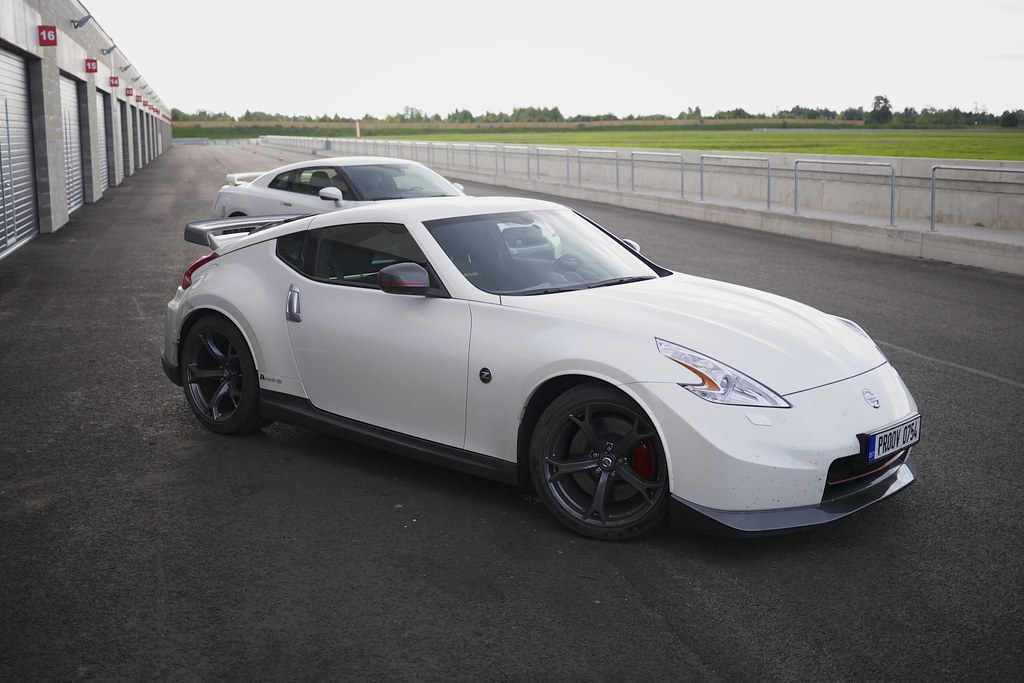
Alright, you’ve shelled out your hard-earned cash, polished your ride until it gleams, and you’re ready to hit the asphalt. The thrill of a track day is unmatched – the smell of race fuel, the roar of engines, the pure, unadulterated joy of pushing your machine to its limits in a controlled environment. It’s what we live for, right? But here’s the thing: that “controlled environment” doesn’t just happen by magic. It’s meticulously orchestrated by a dedicated crew of unsung heroes, the track marshals.
These men and women, often working for “sweet f*** all” as one marshal candidly put it, are the eyes and ears of the track. They’re out there in all weather, standing at observation posts, ready to communicate vital messages to you via those iconic flags. They’re the ones ensuring the delicate ballet of high-speed machines doesn’t devolve into pure chaos. Yet, despite their tireless efforts, some drivers consistently manage to make their day – and everyone else’s – a living hell.
So, buckle up, buttercups. We’re about to pull back the curtain on the first seven egregious track day blunders that will have marshals, and pretty much anyone else with track etiquette, shaking their heads in disbelief. If you’ve ever found yourself wondering why that flag was waved at *you*, chances are you’ve stumbled into one of these common pitfalls. Let’s get smarter, safer, and maybe even a little bit less annoying out there.

1. **Misinterpreting the Green Flag: The “All Clear” That Isn’t Always**The solid green flag. It’s the universal symbol of “go time,” signaling a clear track, whether starting a session or restarting after a delay. Simple, right? But the real confusion often arises when a green flag is shown at a corner station, indicating the *end* of a local yellow-flag zone. This means the immediate hazard is behind you, and it’s safe to resume normal speed.
The error isn’t just about speed; it’s about anticipation and awareness. Some drivers misunderstand this local green, either hesitating unnecessarily or, conversely, flooring the throttle too soon. If you’ve been under a local yellow, your mindset should still be highly alert. This flag is critical information from marshals, explicitly telling you where the danger ends, and treating it otherwise is a rookie mistake.
Moreover, a session is under “green-flag conditions” even when the flag isn’t displayed, implying a baseline of attentiveness. Complacency, especially after a period of caution, can be just as problematic as misinterpreting an active flag. Stay sharp; the track is dynamic, and a green flag is a snapshot, not a permanent state of affairs.
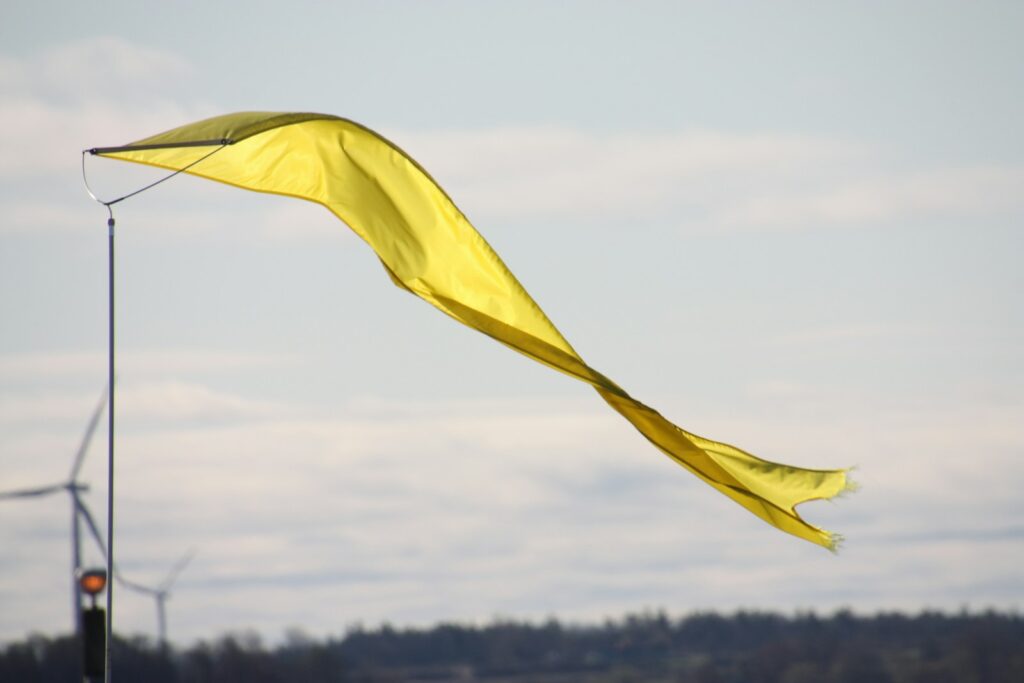
2. **Ignoring a Stationary Yellow Flag: The Hazard “Off-Course” That Still Needs Your Attention**Ah, the solid yellow flag – the universal signal for “caution.” A stationary yellow flag, specifically, means there’s a hazard *off* the course. “Off-course,” you might think, “so why do I care?” Well, that hazard, though not directly in your line, poses a risk, perhaps a car spun into the gravel or debris bounced wide.
Marshals display this flag as a critical warning. It’s a heads-up about potential recovery operations or simply to ensure you’re not caught off guard if that “off-course” hazard decides to become an “on-course” one. The error here is a blatant lack of situational awareness, failing to connect an “off-course” warning with your own safety.
Ignoring it is disrespectful to marshal vigilance and incredibly short-sighted. It suggests an attitude that says, “If it’s not *right* in front of me, I don’t need to slow down,” which is a recipe for disaster. This flag is your early warning system, prompting you to lift, scan, and prepare.
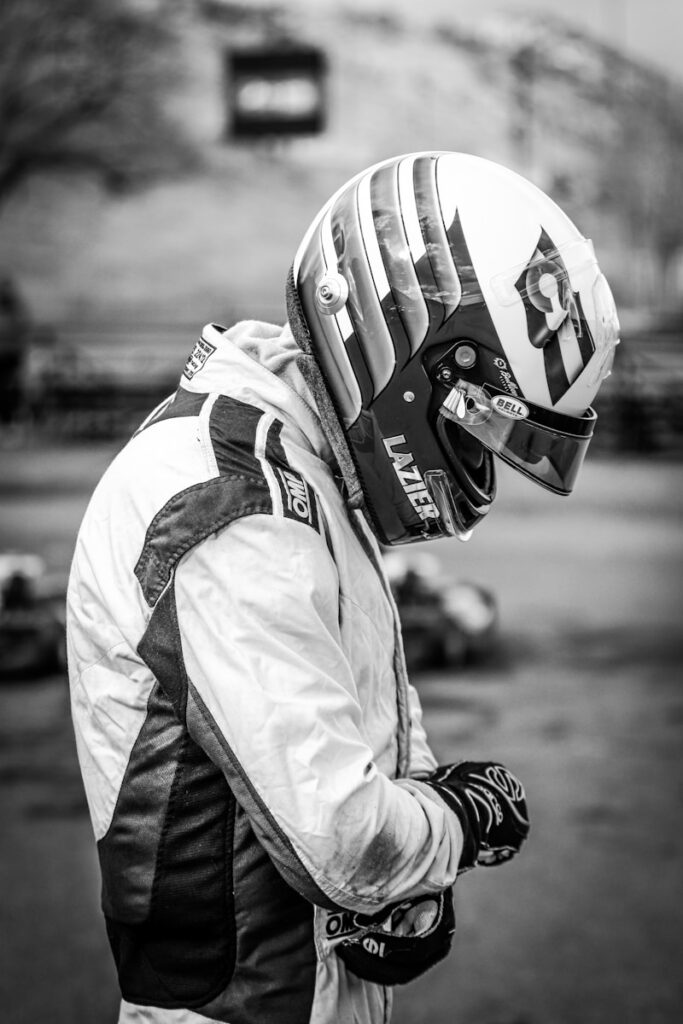
3. **Disregarding a Waved Yellow Flag: The Imminent Danger You’re Speeding Towards**If a stationary yellow flag is a warning, then a single *waved* yellow flag is a red alert: “Hazard on the racing surface itself!” This means an immediate threat – a spun car, debris, or a fluid spill – directly in your path. Your immediate response should be a significant reduction in speed.
The audacity of some drivers to maintain full throttle through a waved yellow zone is astounding. It’s a blatant disregard for safety, not just their own, but for every other participant and, crucially, for the marshals standing mere feet from the hazard. To blow past them as if they’re just waving hello is a surefire way to get on the “annoying drivers” list.
This isn’t about being fast; it’s about being smart. A waved yellow flag demands full attention, rapid assessment, and responsible speed reduction. Your focus shifts from personal bests to safe navigation. Remember, passing is prohibited until you clear the hazard or reach a green flag station. Disregarding this rule is reckless and disrespectful to the safety protocols.

4. **Underestimating Two Waved Yellow Flags: The Blocked Track You’re Not Ready For**Two flags waved *simultaneously* is the track’s full-blown emergency siren. This isn’t just a hazard; it means the racing surface is *wholly or partly blocked*. Let that sink in: the road ahead might actually be impassable. This is the marshal’s most serious warning short of a red flag.
This signal informs you that marshals may be *on the track* and you must prepare to *stop, if necessary*. The monumental error here is underestimating its gravity, interpreting it as just “a slightly more serious yellow.” This mentality is not only dangerous but catastrophically reckless towards marshals, medical personnel, and other drivers involved in an incident.
When you see two waved yellow flags, speed is irrelevant. Your only goal is safe navigation through an unknown, potentially blocked, and highly volatile situation. You should be lifting, braking, looking for clear tarmac, and being ready to stop *now*. Any other response is a gross negligence of your responsibilities and a direct insult to the entire safety crew.
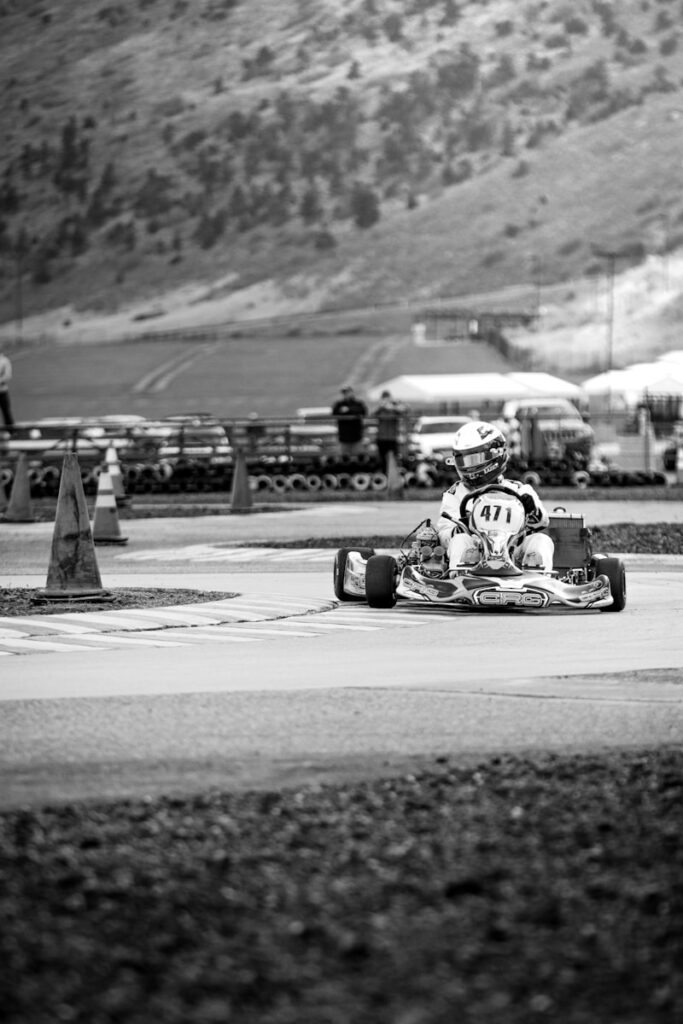
5. **Passing in a Yellow-Flag Zone: The Cardinal Sin of Track Etiquette**This warrants its own deep dive: passing in a yellow-flag zone. When a yellow flag, stationary or waved, is displayed, drivers are *prohibited from passing* until they’ve cleared the hazard or reached a green flag station. This is not a suggestion; it’s a hard, fast rule designed to prevent chaos.
The sheer audacity of drivers thinking, “Oh, I can totally squeeze past this guy,” during a yellow is beyond frustrating for marshals. They’re managing traffic around a hazard, and then suddenly, two cars are battling for position, instantly escalating risk and creating confusion where predictability is paramount.
This error is a complete disregard for track day safety principles. Passing under yellow prioritizes ego over well-being, telling everyone you either don’t understand the rules or think they don’t apply. This isn’t a race; it’s a track day. Respect the flags, and for the love of all that is holy, *do not pass under yellow*. It’s not cool, and it will get you black-flagged.
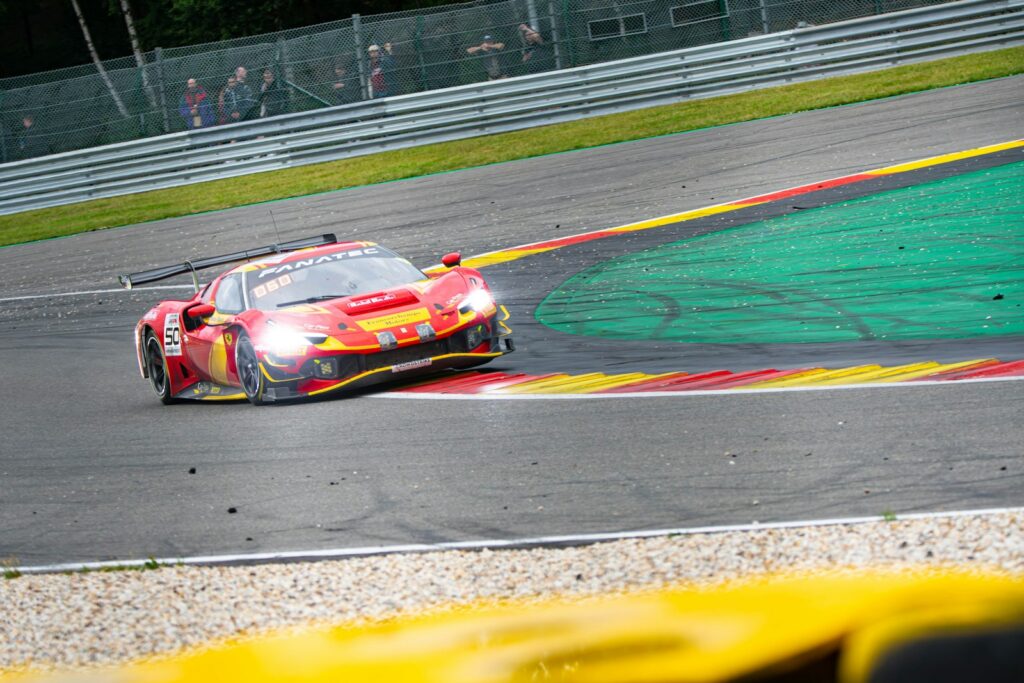
6. **Ignoring Red and Yellow Striped Flag: The Invisible Threat to Traction**Picture this: you’re railing through a fast sweep, then BAM! Your car feels like it’s on ice. You just blasted through a zone where a marshal held the red and yellow striped “debris flag,” and you ignored it. This flag is displayed stationary to indicate a potential traction hazard.
This isn’t about visible wreckage; it’s about insidious stuff you can’t always see: oil, coolant, small debris, or sand. These are silent assassins of grip, turning tarmac treacherous. Marshals might even “rock” this flag to signal a small animal on the surface, another unexpected hazard.
The error is failing to appreciate this subtle, critical warning. If you don’t see a huge crumpled fender, you might think there’s nothing. But this flag means a change in surface conditions *will* affect your car. Ignoring it is an open invitation to a loss of control, and guess who cleans up your mess? The marshals. Pay attention; it’s crucial for safety.

7. **Improper Red Flag Response: When “Stop” Means “Stop Smartly, Not Stupidly”**The solid red flag is the ultimate track day pause button. It means conditions are unequivocally too unsafe to continue the session. When this flag comes out, your mind should immediately shift from “how fast” to “how safely and efficiently can I get off this track.”
During a Track Day, the instruction is clear: “you should come to a safe stop within sight of a manned corner station.” The error isn’t just failing to stop, but *how* some drivers do it: slamming brakes mid-corner, stopping in the racing line, or worse, blocking emergency vehicles. You *must* “position your car towards one side of the track such that any emergency vehicles can easily get by.”
A red flag implies severe hazards where emergency crews need unimpeded access. By stopping haphazardly or blocking the track, you become part of the problem. Furthermore, when instructed, you must “proceed directly and slowly to pit lane.” No hot laps, no weaving. Failing to adhere to these red flag procedures is one of the quickest ways to earn the ire of every marshal on site.
Alright, we’ve chewed through the initial litany of blunders involving the big-ticket status flags – the greens, yellows, and reds – that can turn a marshal’s day from dull to disastrous. But don’t go thinking you’re out of the woods just yet. The track day universe, much like a tricky apex, has a few more curves to throw your way, particularly when it comes to understanding the more nuanced signals that keep the rubber side down and the marshals’ blood pressure stable. These next eight gaffes delve into the specifics of session-ending procedures, direct driver instructions, and those insidious mechanical warnings that too many drivers treat like suggestions. If you want to graduate from ‘that guy’ to a respected track-goer, pay attention. We’re talking white flags, checkered flags, and the dreaded black flags – signals that are less about general course status and more about *you* and *your car*. Let’s unmask the rest of these cardinal sins.

8. **Misinterpreting the White Flag: The “Official Car” or “Slow Mover” Surprise**The white flag. For some, it’s the universal signal for the final lap, thanks to popular racing series. And yes, in certain contexts, particularly NASCAR or IRL from the starter’s tower, that’s exactly what it means. But out on a road course, especially under FIA International Sporting Code rules and in North America, its primary message is far more immediate and often overlooked: there’s a slower vehicle or an official car on track in that section. This isn’t just a friendly heads-up; it’s a critical warning.
Imagine blasting into a blind corner at pace, only to find a recovery vehicle or a competitor dawdling at a snail’s pace, perhaps struggling with a mechanical issue. That white flag was supposed to prepare you. The error here isn’t just about speed; it’s about ignoring a crucial piece of information that dictates how you should approach the upcoming section. It means you need to exercise extreme caution and be ready for the unexpected.
Furthermore, some series use a white flag on the first lap of practice or qualifying to indicate manned flag stations, which, while not a direct hazard warning, still requires attentiveness. The point is, don’t default to “final lap!” unless you are absolutely sure of the specific series rules and flag location. The moment you see a white flag at a corner station, your mental radar for slower traffic should be pinging like crazy. A little lift and scan could save your session, or someone else’s.
You might argue that a slow-moving car should be obvious, but on a fast track with limited sightlines, that flashing white signal from a marshal post is your earliest and often only indicator. Overlooking it is akin to driving with blinders on, and it puts you squarely in the marshal’s crosshairs for causing an avoidable near-miss. Treat every white flag with the respect it deserves, and adjust your awareness accordingly.

9. **Botching the Checkered Flag Procedure: The “Victory Lap” That Isn’t**Ah, the checkered flag! The iconic symbol of a session completed, a race won, or simply a job well done. It waves gloriously at the finish line, sometimes repeated at other flag points, signaling the end. You’ve made it! But for many drivers, this is where a monumental error often creeps in: treating the cool-down lap like an extended hot lap, or even a personal victory parade at full tilt.
The instruction is crystal clear: “Upon seeing the checkered flag and crossing the finish line, drivers are required to slow to a safe speed, proceed to pit lane and exit the track.” And here’s the kicker, often missed: “Drive at a speed such that you can avoid heavy use of the brakes and allow them to cool.” This isn’t just about safety; it’s about preserving your expensive consumables and the very components that just gave you a thrill.
Ignoring this directive—continuing to push hard, brake late, and weave aggressively—is a surefire way to irritate marshals and put yourself and others at risk. It turns a controlled cool-down into a chaotic free-for-all, making it difficult for marshals to manage the exiting traffic. Remember, the session is *over*. Your bravado lap, while tempting, is actively detrimental to track safety and the careful management of the session’s conclusion. Cool it down, literally and figuratively.
Marshals are busy coordinating traffic off the track, often preparing for the next session or cleaning up. When drivers ignore the cool-down protocol, they disrupt this orderly process and create unnecessary work. This isn’t the time to prove your mettle; it’s the time to gracefully conclude your session and allow your machinery to cool down without incident. Respect the checkered flag as a final command, not a suggestion for one last burst of speed.

10. **Disregarding a Personal Black Flag: The Urgent Summons You Ignore**The solid black flag is not a suggestion; it is an order. When a marshal points a black flag directly at your car, or your number goes up on the pit board alongside a black flag, it means one thing and one thing only: “Get to the pits, immediately.” This isn’t a playful invitation for tea; it’s a serious summons, often due to a rule infraction or a mechanical issue deemed unsafe by the marshals.
The sheer hubris of some drivers who continue to circulate, either pretending they didn’t see it, or worse, outright defying the instruction, is baffling. A black flag is usually a targeted message, indicating *your* car has an issue – be it a loose hood, a dragging bumper, or some other perceived mechanical fault. It could even be a warning for repeated poor driving conduct. Marshals aren’t waving it for fun; they’re doing it because *you* are a potential hazard.
Failing to respond promptly is an insult to the safety team and a direct threat to everyone else on track. It tells marshals that you either don’t know the rules (a poor excuse) or that you simply don’t care (an even worse offense). You risk not only a more severe penalty, but also creating a serious incident that could have been avoided. When that black flag comes out, make a safe and swift return to pit lane for a consultation. No exceptions.
This individual instruction flag is arguably the most direct form of communication on the track. Ignoring it signals a fundamental disrespect for authority and the well-being of the entire event. Marshals don’t issue black flags casually; there’s a serious reason behind it, and your immediate compliance is paramount to resolving the issue safely and efficiently. Continuing to drive while black-flagged is a surefire way to end your track day early, and possibly permanently.
Ultimately, your participation in a track day is a privilege, not an inherent right. It comes with the responsibility to understand and adhere to the established rules and the authority of the marshals. A track day thrives on collective responsibility and respect. Consistently demonstrating a lack thereof isn’t just poor etiquette; it’s dangerous, selfish, and detracts from the experience for every other enthusiast who genuinely wants to enjoy a safe and exhilarating day at the track.
So there you have it, folks – the full rundown of 10 track day blunders that will earn you a starring role in a marshal’s nightmares and the silent scorn of your fellow drivers. From misinterpreting a simple green flag to consistently ignoring direct instructions, these errors are more than just minor inconveniences; they’re breaches of trust and safety. Track days are about exhilarating speed and honing your skills in a controlled environment, but that control hinges entirely on understanding and respecting the rules and, most importantly, the dedicated individuals who enforce them. So, the next time you strap into your cockpit, remember these lessons. Drive fast, but drive smart, and make sure you’re contributing to the symphony of speed, not the cacophony of chaos. The marshals—and your fellow enthusiasts—will thank you for it.



